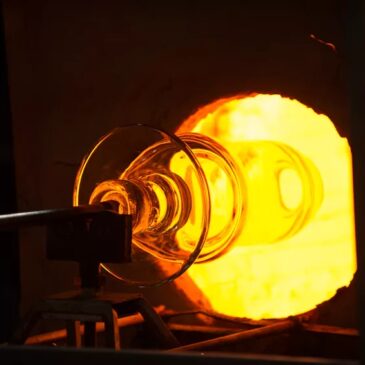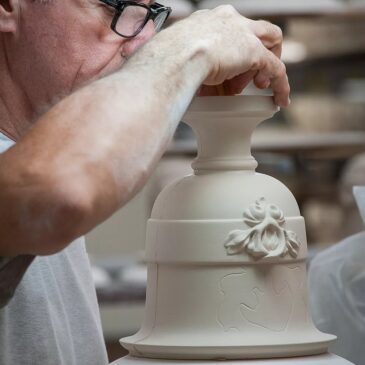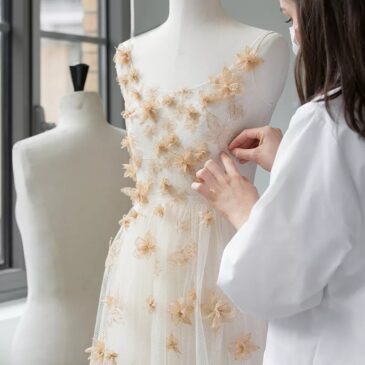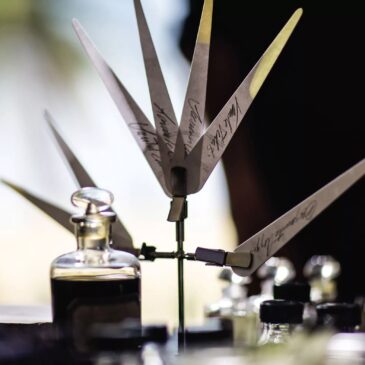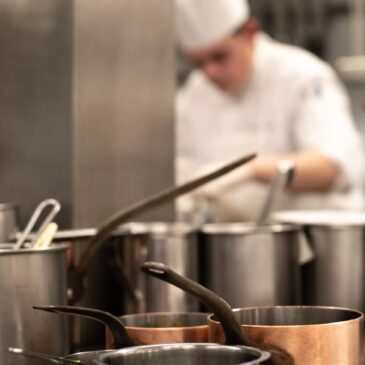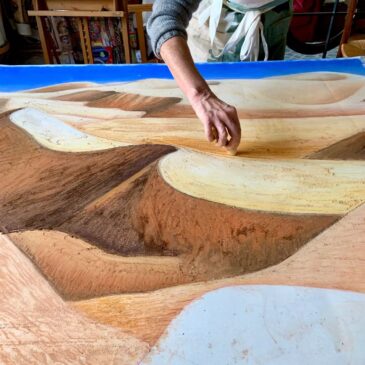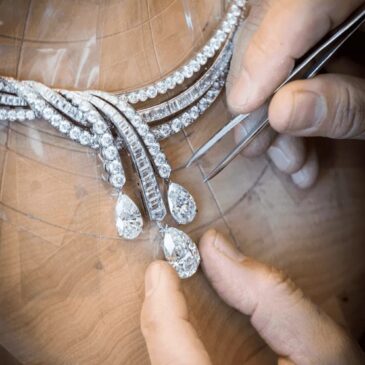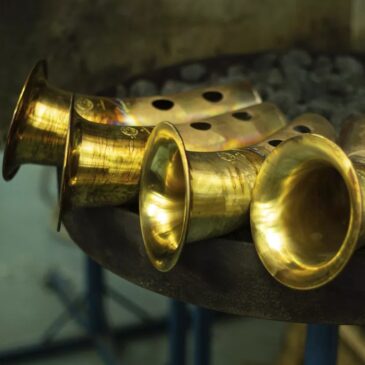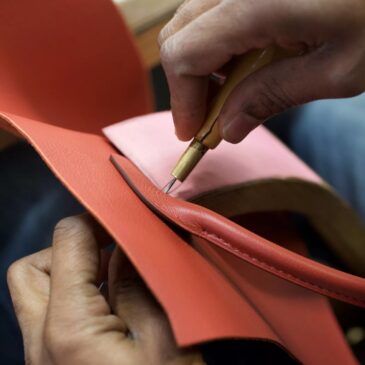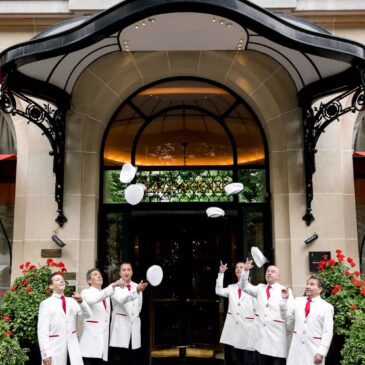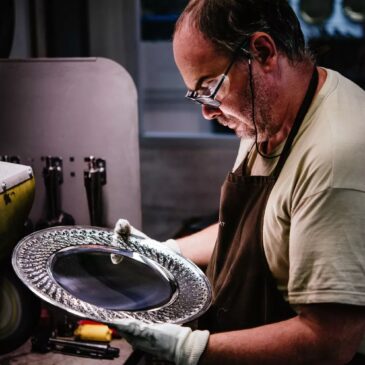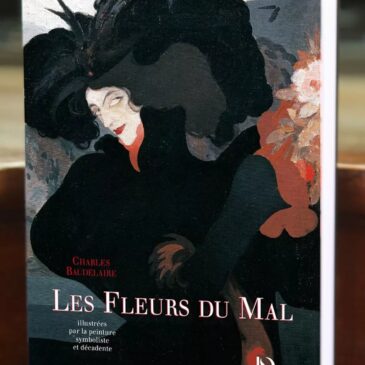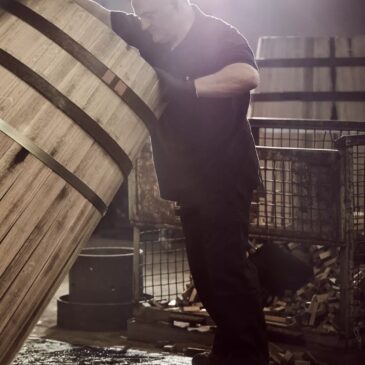Heritage
& Museums
France is the leading destination among tourists thanks in part to the excellent preservation of its heritage and the quality of its museums.
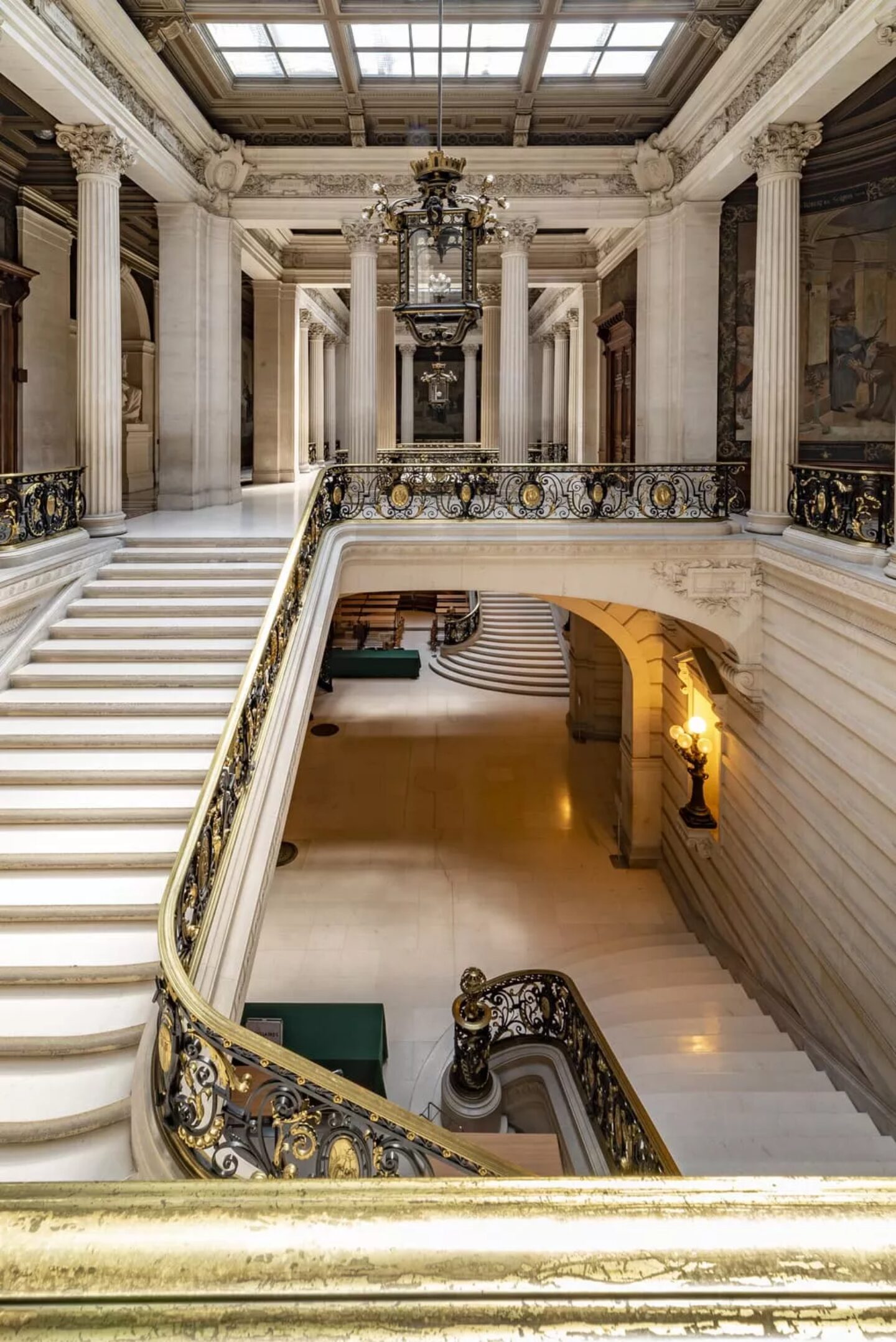
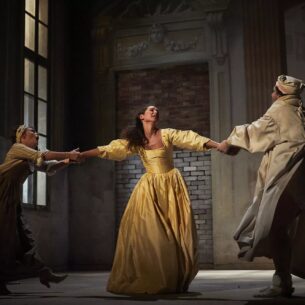
Comédie-Française 1680
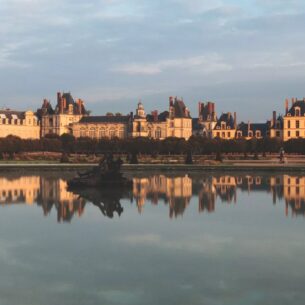
Château de Fontainebleau 1137
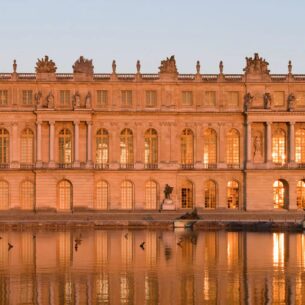
Palace of Versailles 1661
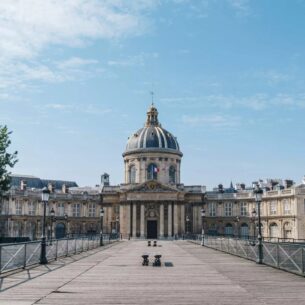
Institut de France 1795
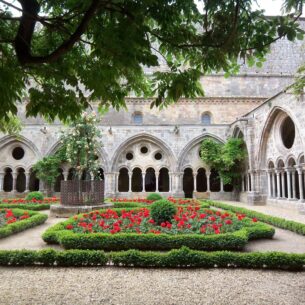
La Demeure historique 1976
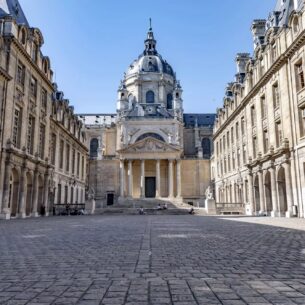
The Sorbonne 1257
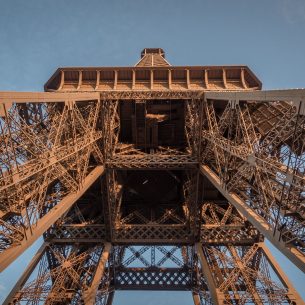
La Tour Eiffel 1889
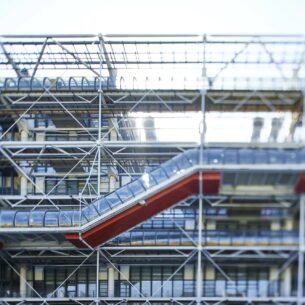
Le Centre Pompidou 1977
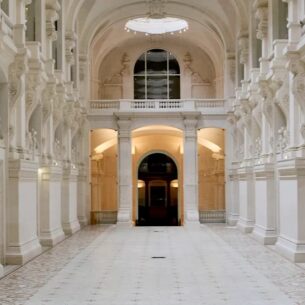
MAD 1882
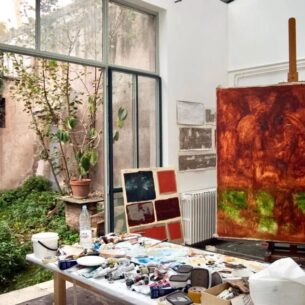
French Academy in Rome – Villa Medici 1666
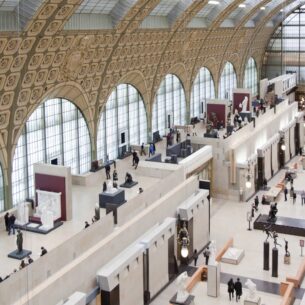
Musée d’Orsay 1986
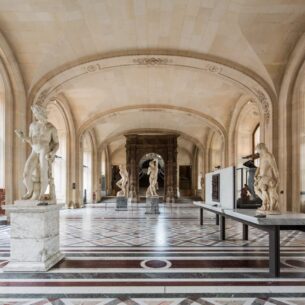
Musée du Louvre 1793
The days of the revolutionaries
The desire to preserve the country’s heritage, i.e., material assets with historic or artistic value, emerged in France when the revolutionaries sought to destroy it. Initially, only works of art and books were concerned, then cultural buildings such as castles and churches were gradually added. While the concept of museums appeared in Europe during the Renaissance, it was the French Revolution which really established the first modern museums. The idea was to give citizens access to the works of art in royal collections or those confiscated from the nobility and religious congregations.
From then on, museums, an official space for exhibiting art, played a central role in the life of society. The Louvre Palace was chosen to become a museum in 1793, after the creation, in 1750, of an art gallery in the Luxembourg Palace. 1793 also saw the opening of the French National History Museum, followed, one year later, by the Conservatoire National des Arts et Métiers (French: “National Conservatory of Arts and Trades”: CNAM), then the Museum of French Monuments in 1795.
A key author,
Prosper Mérimée
One man in particular played a key role in ensuring the transmission of French heritage. Writer Prosper Mérimée was the first general inspector of historic monuments. Responsible for making an inventory of the kingdom’s marvels and ensuring their restoration, he included nine hundred and forty-three monuments on his first list, including the Château of Chenonceau, Vézelay Abbey, and the medieval city of Carcassonne. This marked the start of a long and fruitful collaboration with young architect Viollet-le-Duc.
Incredible diversity
Over time, and particularly during the 1970s, new elements of heritage were added to the list, such as old towns, contemporary buildings, gardens, factories, and even photographs. This diversity was further enhanced by immaterial riches such as art, languages and savoir-faire.
